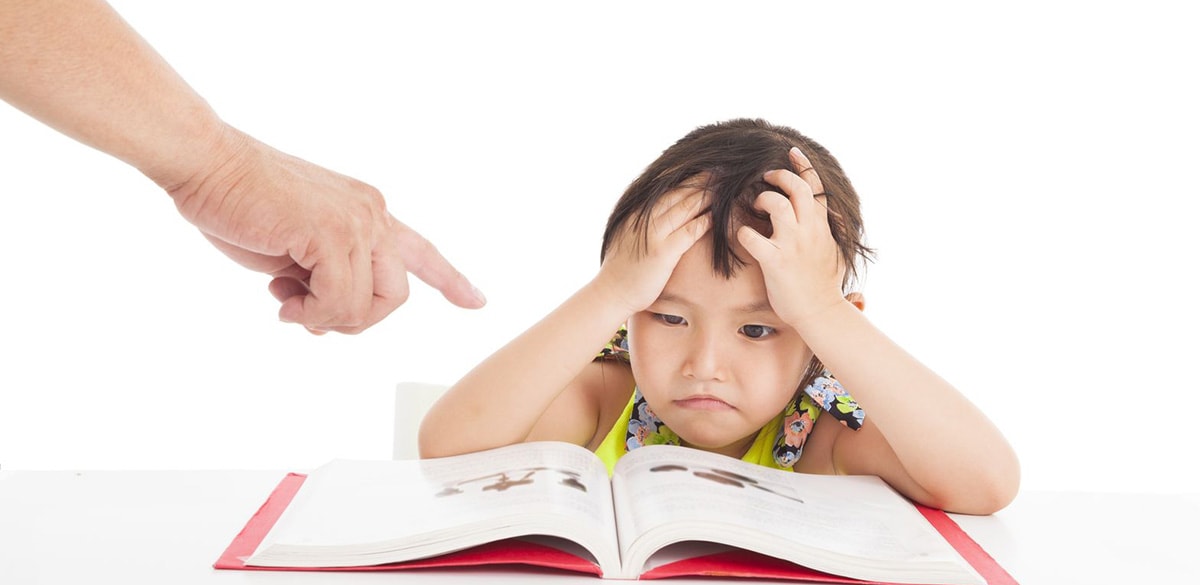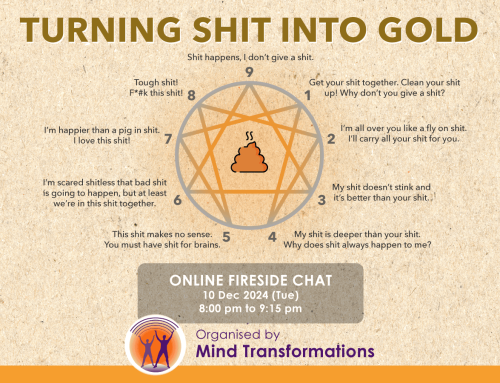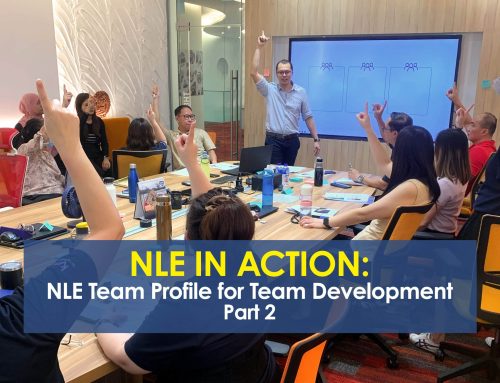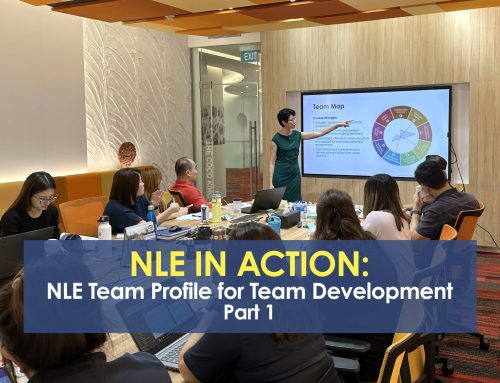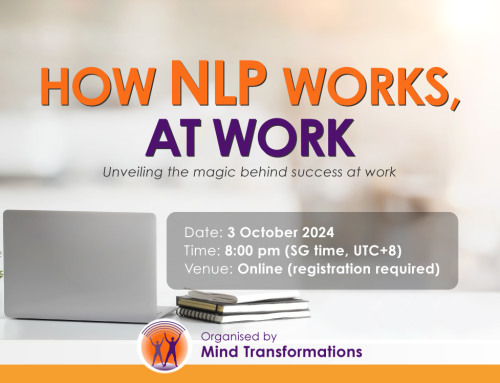All of us have our own characteristic styles of learning. When we become familiar with our own, our children’s or our student’s learning style, we are able to create more joyful, stress-free and effective learning experiences that match their mode of learning.
Just notice: Is it easy for you or your child to remember details if someone tells you how to bake a cake?
How much of the information do you retain? If the answer is very little, then perhaps you or the child may not be auditory learners. Perhaps you may have to see the details written out or diagrammed on the written page or learn better by actually baking a cake. Yet often we expect ourselves to learn by modes which may not be suitable.
The NLP Representational System explains why we learn some things easily (and why sometimes we don’t).
Basically, every person has a different set of Preferred Representational System—the way we are wired in our brain to process the information we receive. When we encounter a class or teacher that suits our Representational System, we tend to learn quickly and effortlessly. But if the learning opportunity does not go along with our Representational System, this is how most people suffer in school. Think about kinesthetic kids who are labelled as hyperactive in class; when they just prefer hands-on learning more than reading a full-page of theory.
By learning the NLP Representational System, you can speed up your learning and actually enjoy it! You can design lessons that fits the needs of students with different Representational System. Get started below by learning about each Learning Style.
What is your Learning Style? |
|||
| Visual | Auditory | Kinesthetic | |
| Learning Style | Learns by seeing; watching demonstration | Learns through verbal instructions from others | Learns by doing; direct involvement |
| Reading | Likes description; sometimes stops reading stare into space and imagine scene: intense concentration | Enjoys dialogue, plays: avoids lengthy description unaware of illustrations; movies lips or sub-vocalizes | Prefers stories where action occurs early: fidgets when reading, handles books: not an avid reader |
| Spelling | Recognizes words by sight: relies on configuration of words | Uses a phonics approach: has auditory word attack skills | Often is a poor speller : writes words to determine if they “feel” right |
| Handwriting | Tends to be good practically when young; spacing and size are good: appearance is important | Has more difficulty learning in initial stages: tends to right lightly; says strokes when writing | Good initially, deteriotes when space becomes smaller: pushes harder on writing instrument |
| Memory | Remember faces, forgets name; write things down, takes notes | Remember names, forgets faces: remembers by auditory repetition | Remembers best what was done, not what was seen or talked about |
| Imagery | Vivid imagination: thinks in pictures; visualizes in details | Subvocalizes, thinks in sounds; details less important | Imagery not important: images that do occur are accompanied by movement |
| Distractibility | Generally unaware of sounds: distracted by visual disorder or movement | Easily distracted by sounds | Not attentive to visual, auditory presentation so seems distractible |
| Problem solving | Deliberate: plans in advance ; organizes thoughts by writing them: lists problems | Talks problems out, tries solutions verbally, subvocally: talks self through problem | Attacks problems physically: impulsive: Often selects solution involving greatest activity |
| Response to periods of Inactivity | Stares; doddles; finds something to watch | Hums; talks to self or to others | Fidgets; find reasons to move; holds up hands |
| Response to New Situations | Looks around: examines structures | Talks about situation, pros and cons, what to do | Tries things out; touches. Feels; manipulates |
| Emotionality | Somewhat represses: stares when angry; cries easily, beams when happy: facial expression is a good index of emotion | Shouts with joy or anger: blows up verbally but soon calms down; expresses emotion verbally through changes in tone, volume. Pitch of voice | Jumps for joy; hugs, tugs, and pulls when happy; stamps, jumps and pounds when angry, stomps off: general body tone is a good index of emotion |
| Communication | Quiet; does not talk at length; becomes impatient when extensive listening is required; may use words clumsily; describes without embellishment: | Enjoys listening but cannot wait to talk; descriptions are long but repetitive; likes hearing self and others talk; uses words such as listen, hear, etc… | Gestures when speaking; does not listen well; stands close when speaking or listening; quickly loses interest in detailed verbal discourse; uses words such as get, take, etc. |
| General | Neat, meticulous, likes order; may choose not to vary appearance | Matching clothes not so important, can explain choices of clothes | Neat but soon becomes wrinkled through activity |
| Responses to the Arts | Not particularly responsive to music: prefers the visual arts; tends not to voice appreciation of art of any kind, but can be deeply affected by visual displays; focuses on details and components rather than the work as a whole | Favors music; find less appeal in visual art, but is readily able to discuss it; misses significant detail, but appreciates the work as a whole: is able to develop verbal association for all art forms; spends more time talking about pieces than looking at them | Responds to music by physical movement; prefers sculpture; touches statues and paintings; at exhibits stops only at those in which he or she can become physically involved: comments very little on any art form. |
Learn how to detect, communicate and train others through all the sensory channels. Get trained in the NLP Practitioners’ Training—and master effective ways to tailor your communications to match each person’s need.
[inf_infusionsoft_inline optin_id=”optin_2″]

